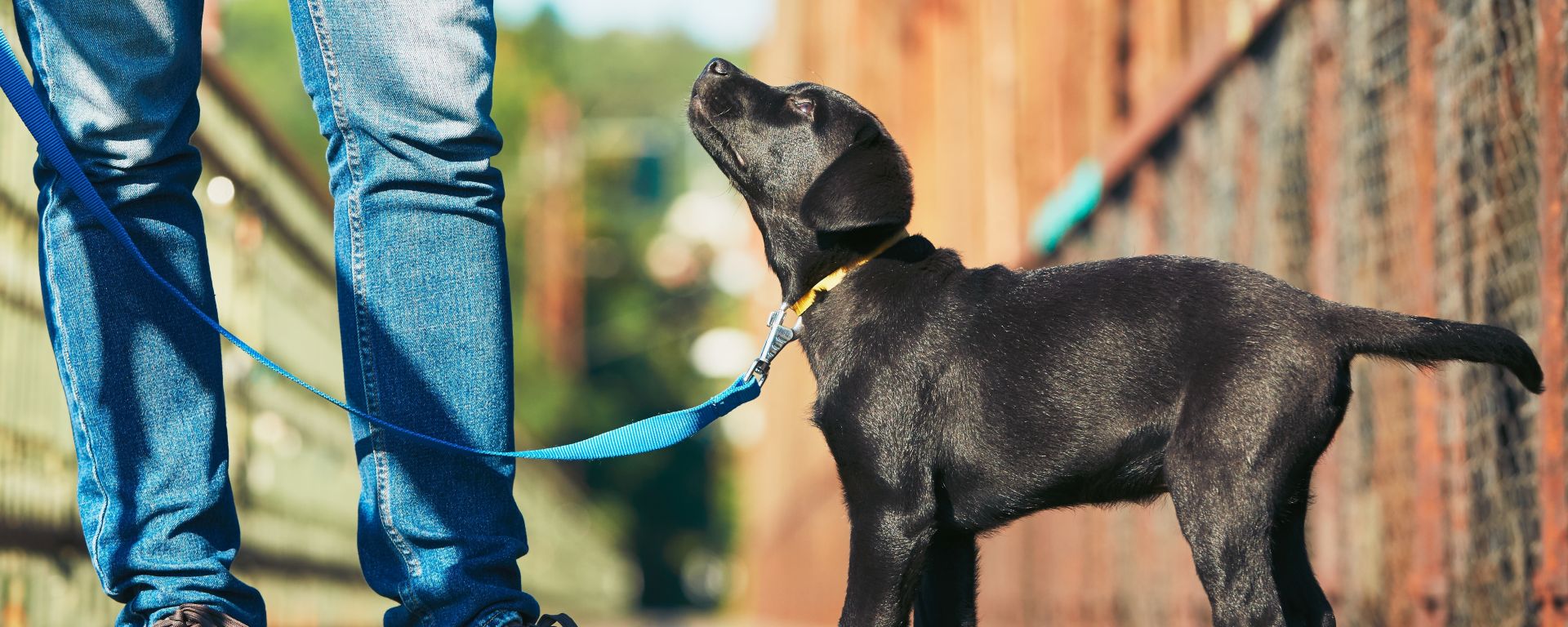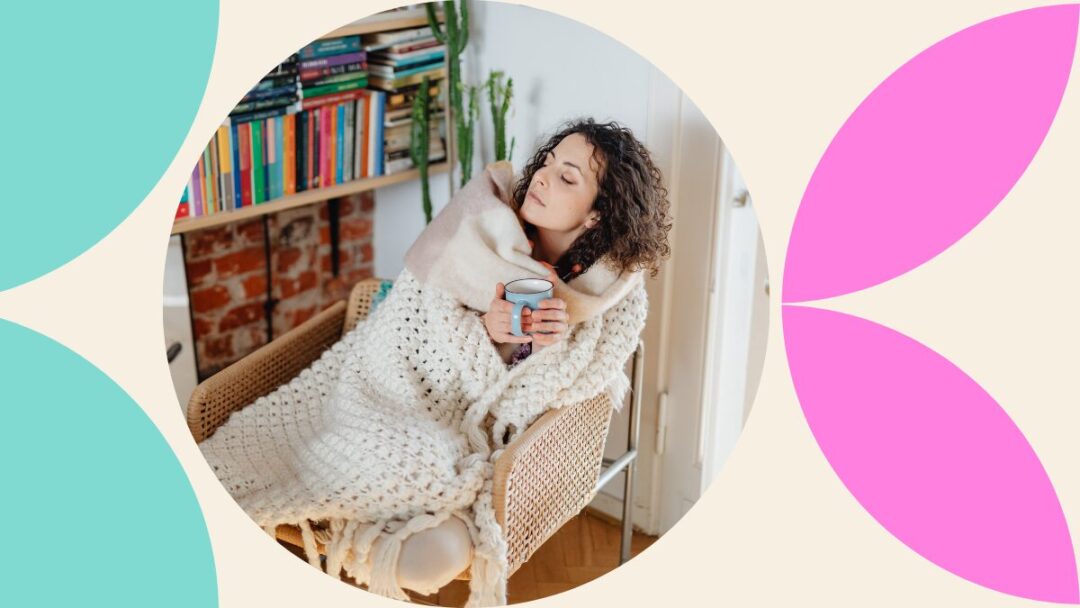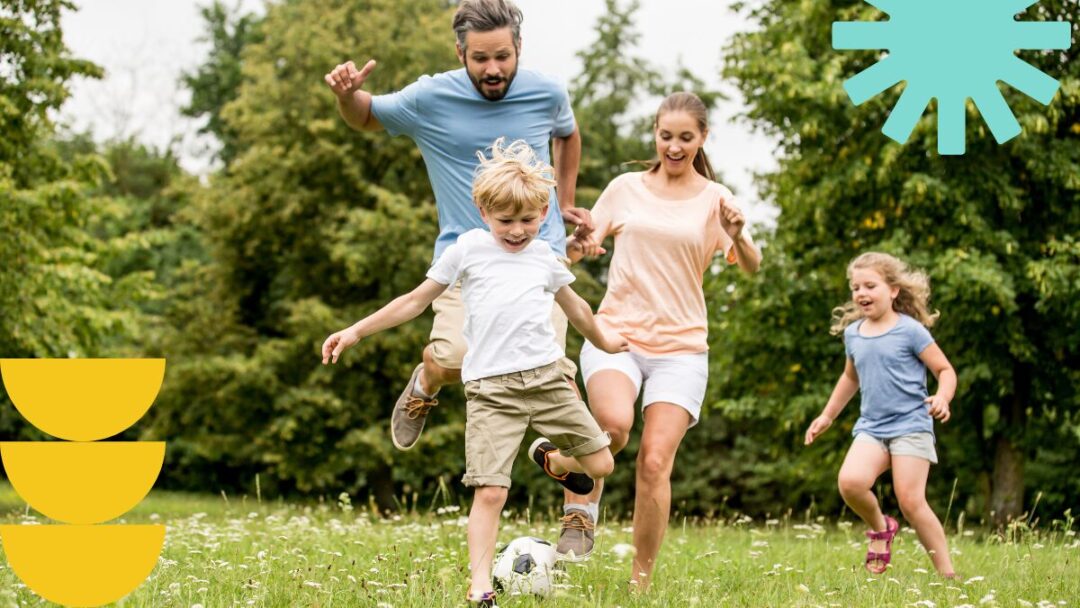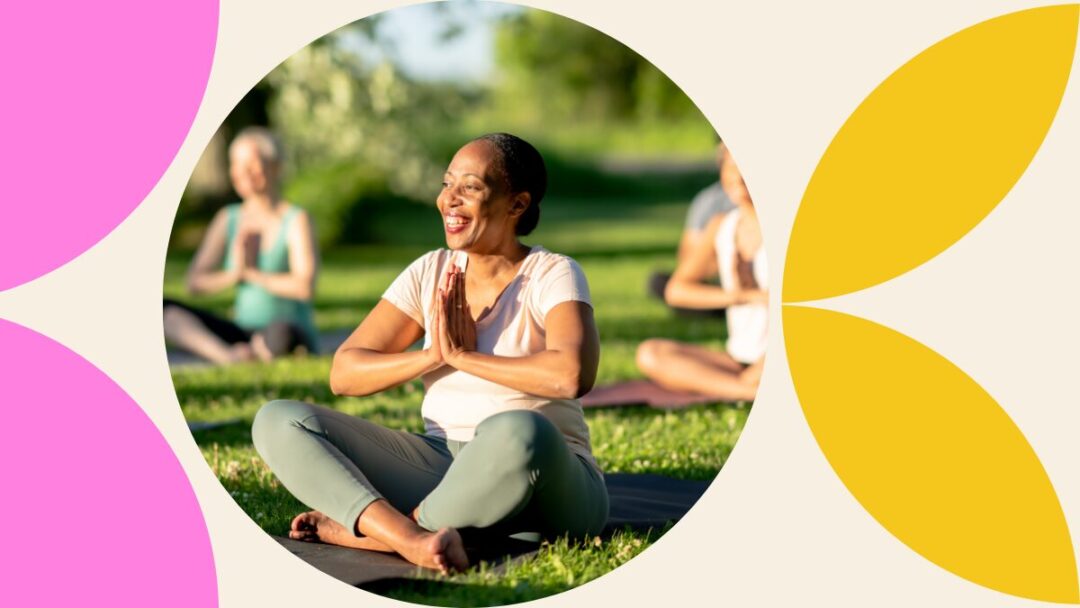There are very few moments in life more exciting than bringing a new puppy home. The times you have to look forward to will be embedded as special memories that will last a lifetime. As much as there is a buzz of excitement in the air, puppies require training to be disciplined and obedient, and not stress you out by causing chaos.
What is the best type of puppy training, you may ask? If you can afford to take your puppy to a training school, then that should be first prize. However, most people choose to train their puppies on their own. Because we as the SweepSouth team want you to steer clear of coming home to messes that could have been avoided through training, we’ve put together some guidelines with the best tips and tricks for training your puppy.
Make Use Of Positive Reinforcement
Training a puppy can be a lot of work, but it’s important to start them off on the right foot. One of the best ways to do this is to use positive reinforcement. This means rewarding good behaviour with treats, praise, or attention. Not only does this help the puppy learn what you want them to do, but it also strengthens the bond between you and your pup. And, of course, it’s a lot more fun for both of you than using punishment or scolding. So next time your puppy does something right, be sure to give them a little extra love. They’ll be sure to return the favour after being called a “good boy” or “good girl”.
Teach Your Puppy To Socialise
Early socialisation is key to raising a well-rounded puppy. It’s important to introduce your pup to different people, places, and animals, so that they get used to all sorts of new stimuli. Socialisation training should start as early as possible, and continue until your puppy is at least four months old. It’s important to be patient and consistent with your pup during socialisation training, and to make sure that all experiences are positive. If done correctly, socialisation training will help your puppy grow into a confident and well-adjusted dog.
Crate Training Is Important
A crate can be a great way to help your puppy learn good habits and avoid bad ones. Crate training is simply the process of getting your puppy used to spending time in their crate. It’s important to start with short periods of time and gradually increase the amount of time as your puppy gets more comfortable. Some things to keep in mind when crate training are to make sure the crate is big enough for your puppy to stand up and turn around in, to put a blanket or toy in the crate that smells like you, and to never use the crate as a punishment.
It will help with potty training because they won’t want to relieve themselves where they sleep, and the toy will help to eradicate inappropriate chewing of other items. With patience and consistency, crate training can be a helpful tool in raising a happy, well-behaved puppy.
Toys And Exercise To Prevent Behavioural Problems
One of the best ways to prevent behavioural problems when training your puppy is to provide them with plenty of exercise and stimulating dog toys. A tired puppy is a good puppy, and by ensuring that your pup gets plenty of physical and mental stimulation, you can help to head off a whole host of potential problems. Exercise will help to tire your puppy out and burn off excess energy, while toys can provide an outlet for their natural curiosity and chewing instincts. By giving your puppy the right outlets for their energy, you can set them up for success in their training.
Learning How To Leash
One of the most important things you will need to teach your puppy is how to walk on a leash. This may seem like a daunting task, but it’s actually quite simple if you use the right leash and are patient with your puppy. The best type of leash for puppies is a retractable leash. This will allow your puppy to have some freedom while still being under your control. Here are some helpful tips when you are first teaching your puppy how to walk on a leash:
- Make sure to go at their pace
- Try to pull them along.
- Be patient and give them time to get used to the feel of the leash.
With a little bit of time and patience, you will have your puppy leashing like a pro in no time!
Puppies Need Routine As Much As Humans
Routine is important when doing training with your puppy. By sticking to the same time, place, and activity for each session, your pup will learn more quickly and be less distracted. Plus, they’ll start to associate the behaviour with the desired outcome, making it more likely that they’ll repeat it in the future. This is especially vital for things like potty training and sleep time. So, if you’re looking to teach your furry friend some new tricks, be sure to create a routine and stick to it. Your pup will thank you for it later.
By using these guidelines, you can raise your puppy to be a well-behaved and friendly dog who still knows how to have fun. Keep your dogs and other pets close to your heart in everything you do and show them that they truly are man’s best friends.








